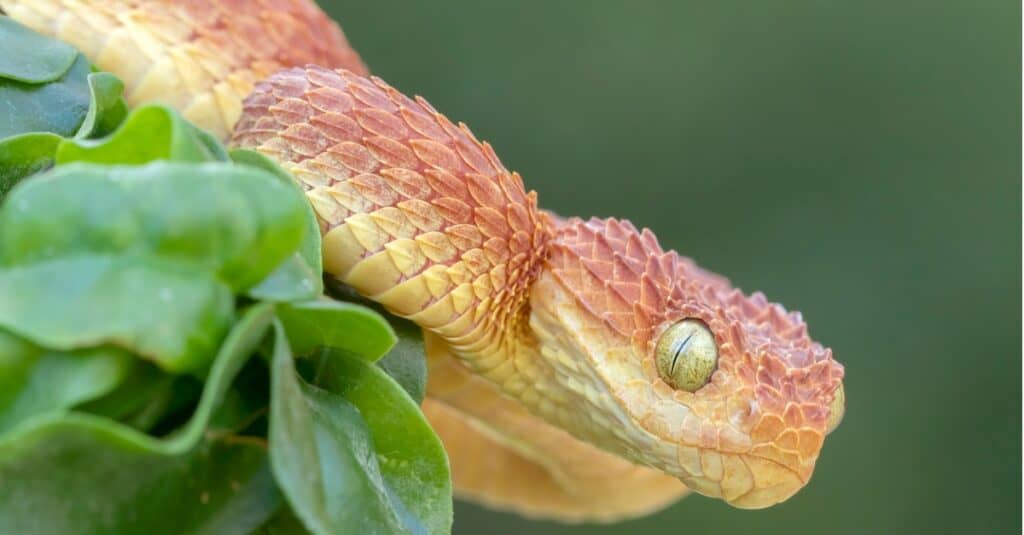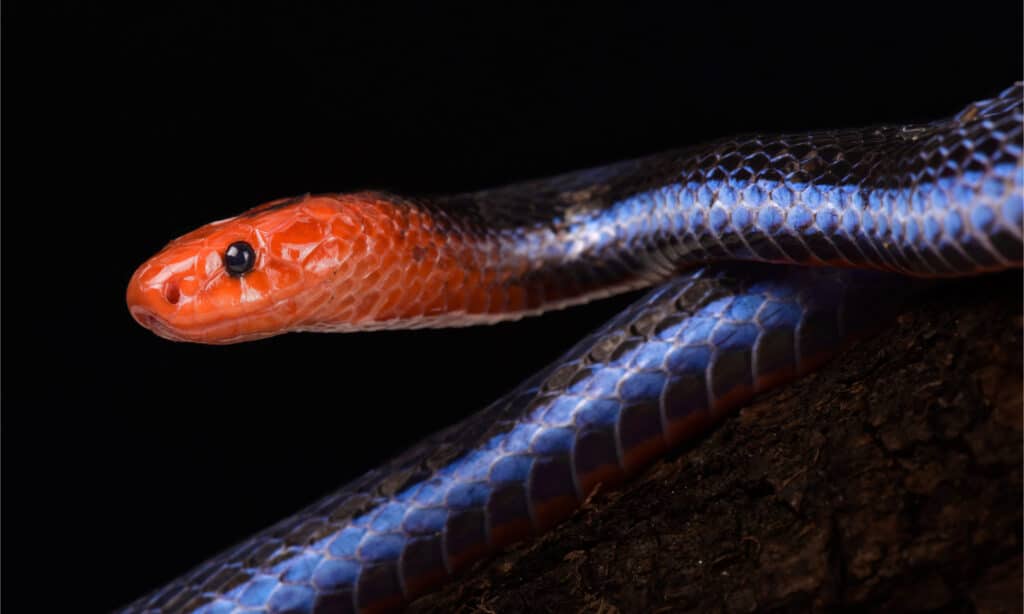Introduction
The Tasmanian tiger snake, clinically known as Notechis scutatus, is one of Australia's a lot of intriguing reptiles. Located mostly in Tasmania and its surrounding islands, this serpent has actually garnered attention not just for its striking appearance however likewise for its intricate habits and crucial function in the community. This article will certainly check out the numerous aspects of the Tasmanian tiger serpent's habitat, behavior, makeup, and interactions with human beings while offering necessary information about safety measures in case of a serpent bite.
Whether you're a scientist, a wildlife lover, or just somebody interested regarding these fascinating creatures, this detailed overview promises to supply understandings that are both informative and appealing. So let's start this trip to understand the Tasmanian tiger snake better!

The Tasmanian Tiger Snake: An Overview
Physical Features of the Tasmanian Tiger Snake
Tiger serpents are defined by their unique pigmentation and patterns. They generally show a mix of yellow Have a peek here or cream red stripes on a dark brown or black background-- therefore the name "tiger." Grown-up tiger serpents can grow up to approximately 2.1 meters long, although a lot of people average around 1.5 meters.
Key Attributes:
- Coloration: Differs from dark brownish to olive environment-friendly with lighter bands. Size: Grownups typically vary from 1.2 to 2.1 meters. Head Shape: Clearly broad with noticeable eyes.
Distribution and Environment of the Tasmanian Tiger Snake
The Tasmanian tiger snake mostly populates seaside areas, marshes, marshes, and grasslands in Tasmania. It thrives in atmospheres where it can quickly accessibility water sources since it is usually discovered near streams or lakes.
Habitat Preferences:
- Wetlands: Perfect for searching prey like frogs and small mammals. Coastal Areas: Offers bountiful food resources. Grasslands: Provides cover and basking spots.
Understanding Tiger Serpent Behavior
Feeding Practices of the Tasmanian Tiger Snake
Tiger serpents are carnivorous and opportunistic feeders. Their diet plan is composed primarily of frogs, fish, little mammals, and birds. They rely on their eager eyesight and swift activities for hunting.
Dietary Breakdown:

- Frogs: A main part as a result of wealth in wetland habitats. Fish: Frequently caught when swimming in superficial waters. Small Mammals: Periodically victimize rodents.
Breeding Habits of the Tasmanian Tiger Snake
Tiger serpents have a remarkable reproductive cycle. Mating generally takes place in springtime after emerging from hibernation. Women tiger serpents give birth to live young as opposed to laying eggs, which is rather distinct amongst reptiles.
Reproductive Cycle:
- Mating Period: Spring (September to November). Gestation Duration: Around 3 months. Litter Size: Varieties from 20 to 40 child tiger snakes.
Aggression and Defense reaction of the Tasmanian Tiger Snake
Though they can be hostile when intimidated, tiger serpents typically prefer to pull away as opposed to face danger straight. Their Behavior of venomous snakes primary defense mechanisms consist of biting when cornered or presenting their size via hissing.

Defensive Methods:
- Hissing Noise: A warning signal showing distress. Bite Action: A last resort when retreat choices are limited.
Are Tiger Snakes Venomous? Recognizing Their Venom
Venom Make-up and Effects
Yes! The Tasmanian tiger serpent is poisonous. Its poison has neurotoxins that can trigger serious injury or perhaps fatality if left without treatment. The effects of a bite can include paralysis, swelling at the bite site, nausea or vomiting, and various other systemic symptoms.
Venom Qualities:
- Neurotoxic Elements: Affect nerves functioning. Hemotoxic Results: Can result in tissue damage.
Common Signs Complying with a Tiger Snake Bite
Recognizing signs promptly is essential for efficient emergency treatment monitoring after a serpent bite:
- Severe pain at bite site Swelling Nausea or vomiting Difficulty breathing
First Aid for Serpent Bites: What You Need to Know
Immediate Tips After a Tiger Snake Bite
In case you experience a situation including a tiger serpent bite, it's critical to act swiftly:
Call emergency solutions immediately. Keep the influenced arm or leg debilitated in mind level. Remove tight clothing or precious jewelry around the bite site.Creating Your Serpent Bite First Aid Kit
Having an effectively stocked emergency treatment kit can make all the difference throughout emergency situations:|Product|Function|| ------|---------|| Compression plaster|To immobilize limb|| Splint|To stabilize hurt location|| Antiseptic wipes|For cleaning wounds|
FAQs About the Tasmanian Tiger Snake
What do baby tiger snakes eat?
Baby tiger snakes largely eat tiny bugs and amphibians up until they grow huge enough to search bigger target like frogs or small fish.
How harmful is a tiger serpent bite?
A tiger snake bite can be extremely dangerous due to its potent venom; prompt clinical focus is crucial for survival.
Where are eastern tiger snakes found?
Eastern tiger snakes occupy coastal areas throughout southeastern Australia but are much less common than their Tasmanian counterparts.
What must I do if I see a tiger snake?
Maintain your range; do not attempt to handle it unless you're educated to do so-- most attacks happen throughout attempts at capture or mishandling.
Can I survive without antivenom after being bitten?
While some individuals may survive without antivenom depending upon various aspects such as health and wellness conditions and time considered therapy; seeking instant clinical assistance is constantly suggested as it dramatically raises survival chances.
Are there any kind of specific precaution I ought to take while hiking in Tasmania?
Always wear sturdy boots, stay on marked tracks, stay clear of high grass where visibility might be restricted; familiarize on your own with local wild animals before going out right into nature!
Conclusion
The Tajamanian tiger serpent stands for an essential part of Australia's abundant biodiversity landscape both environmentally as killers and culturally as icons within Australian folklore. Recognizing their habitat preferences along with behavior offers understanding right into exactly how we can exist together securely while respecting wild animals boundaries-- keeping in mind that awareness leads us towards more secure experiences outdoors!
By staying notified about prospective risks such as envenomation from bites while additionally taking safety nets ensures positive experiences when encountering these remarkable animals!
In dwarf crowned snake verdict, whether you're interested by their striking appearance or astounded by their complex actions-- the Tasmanian tiger serpent undoubtedly deserves acknowledgment past mere fascination-- it encapsulates nature's elegance linked elaborately within our ecosystems!